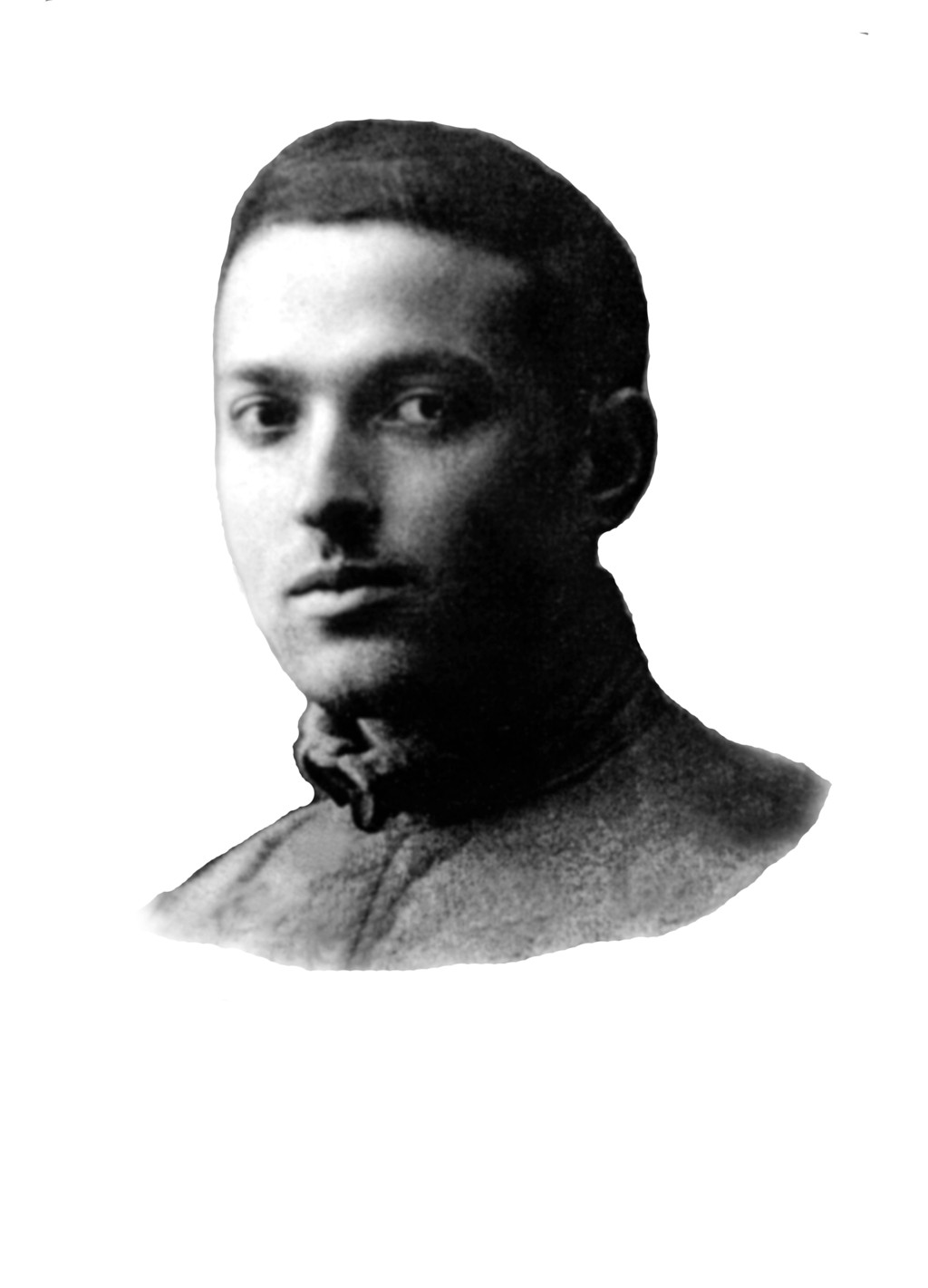Peter
Smagorinsky, an English professor at the University of Georgia, begins this
article by stating his lack of knowing Russian has limited his studies of
Vygotsky’s work to strictly translations. So, even though thousands have read and
respect his work, there very well are some aspects lost in translation. Increasing
his own effort in understanding the psychologist’s work, he uses this tangent as a segue for some of the most common misunderstandings about Vygotsky’s teaching,
to help clear the air.
Smagorinsky
highlights what he believes are Vygotsky’s most crucial points about teaching
and learning. Here is a list of some that he covers:
a. “Learning is Social” doesn’t mean necessarily small groups are all that teachers should do. Rather, Vygotsky believes that
with respect to our social origins, our solitude minds will think in a form of
dialogue with others, not singularly.
b. Vygotsky’s emphasis isn’t so much
on judging what kinds of thinking that people develop, but rather understanding
how people learn to think. In other
words, human nature makes us judge other’s thinking skills based on a different
culture, different character, or being “behind” in general.
c. Vygotsky’s link between learning
and speech is what made him so prominent in classrooms, particularly with
thanks to his “Zone of Proximal Development.” Speech is the fundamental tool in
cultural development (“The tool of tools”).
Smagorinsky
writes this article focused more towards teachers, knowing that those who
follow Vygotsky’s writing often end up with more successful classrooms. He didn’t
explore these ideas from 1976 to 1990, and regrets not having done so.
If
you’re interested in reading more of the article, you can find it here.
--Betsy
Peterschmidt

No comments:
Post a Comment